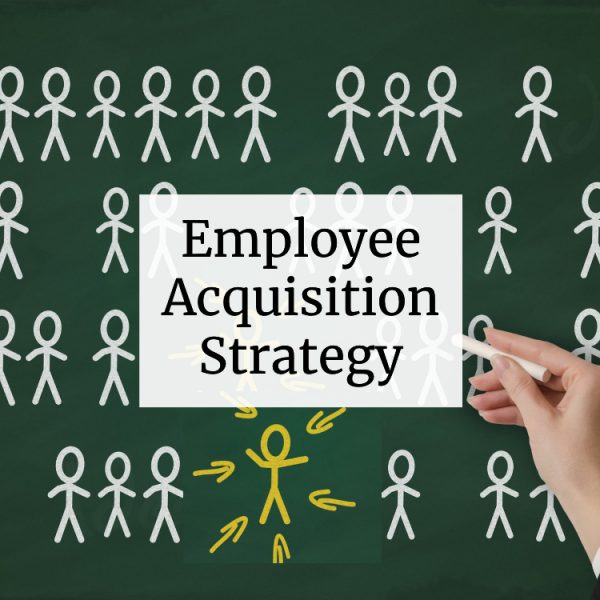Successful employee acquisition involves much more than job interviews and acceptance. It’s all about finding the ideal candidate, with the right fit, and making a great first impression. When done strategically, employee acquisition can reduce risk and save money over the long haul.
Recruiting Practices
From communicating the right values in job postings to onboarding the candidates appropriately, employee acquisition strategies can make or break your candidate selection process. Components such as accurate job descriptions and welcome packages each play a critical role in the overall process.
Accurate Job Description
Knowing what you need is important when it comes to creating an accurate job description. Create crystal clear job descriptions based on your organization and departmental needs, written in straightforward language that’s easy to read and understand. Be sure to include important job requirements especially as it relates to physical or educational requirements.
Predictive Hiring and Job Matching
Personnel turnover is costly, which is why predictive hiring and job matching is so important. Hiring based on values and culture boosts retention immensely. To achieve a successful “FIT”, not only does the employee need to be a match with the position and culture, they need to truly believe in the vision and mission of the company. It’s also not just about what’s good for the organization, it’s also about what’s best for the applicant.
If you hire an employee for their expertise, realizing that they might not be the best culture or a value related fit, it not only hurts the employee, but it affects the department and organization as a whole. Employees flourish best in an environment that fits their beliefs and values and allows them to make meaningful contributions to the organizations’ success.
Conditions of Employment
Addressing the conditions of employment can provide relevant information on a job applicant’s ability to perform in the workplace. Conditions of employment include the results of drug screening, background checks, driving records (if applicable), and references. Employees must also be authorized to work in the United States, so an Employment Eligibility Verification Form I-9 should be used to verify identities and employment authorization.
Welcome Package
Once a job offer is accepted, send the candidate a welcome packet that includes pre-employment paperwork, an offer letter, the location, start date, orientation forms, benefits details, and dress code. Including a welcome note from the CEO or hiring manager is also a great way to encourage and motivate new hires.
Preparing for a New Hire Arrival
From the moment they accept the position, to their first day on the job, preparation in onboarding new or transferring employees is important. You want to make sure that everything is set up and ready for their first day and can often work with the hiring manager to ensure the following are addressed:
- First-day Information is Provided: First-day information needs to be accurate and provided to new employees. The information should include who they’re going to report to, where, at what time, and what they need to bring.
- The Work Environment is Prepared: It’s important that the work environment is ready for the new employee, including office space, furniture, technology, phone, supplies, equipment, keys, and access cards. In addition, make sure the employee has access to shared folders, distribution lists, and key contacts.
- Communication: Communication should include a department or organizational announcement and face-to-face department introductions. Introducing new employees also helps other employees have a clear understanding of what the new hire brings to the team, and how they can work together.
- A New Hire Mentor is Assigned: The purpose of a new hire mentor is to help new employees quickly absorb the company’s social and cultural norms. Mentoring, whether informal or formal, plays a key role in the transitioning and retention of personnel. Employees that have mentors are also more prone to have greater job satisfaction.
- Departmental Onboarding: Department onboarding is a period when new hires learn and understand how they fit into the organization, who key contacts are, and how to do their specific tasks. The objective of an onboarding program is to develop the necessary knowledge, skills, and behaviors that are unique to the role.
The right employee acquisition strategy and successful execution will help ensure the growth of the organization and help it reach its long-term goals. It’s all about hiring smarter and having a clear understanding of the type of employees you need to make up a productive and satisfied workforce. Click here to download the S3 Management Group employee acquisition checklist.

